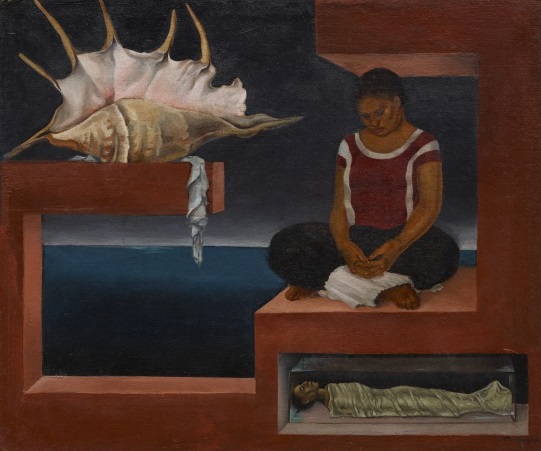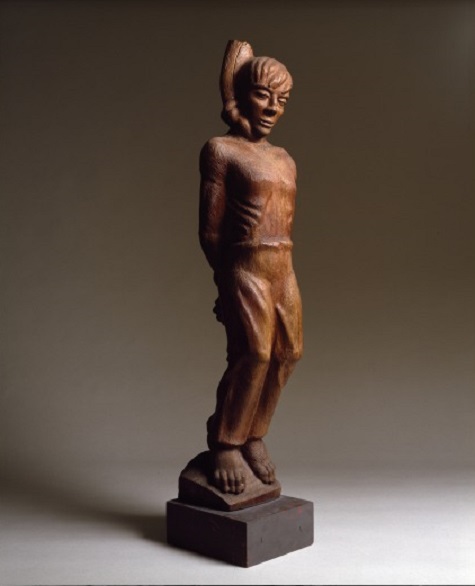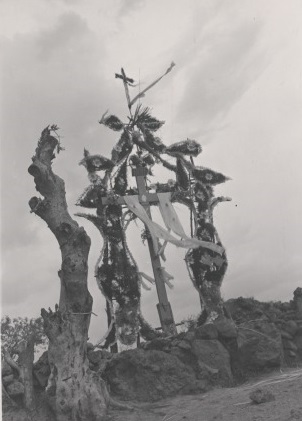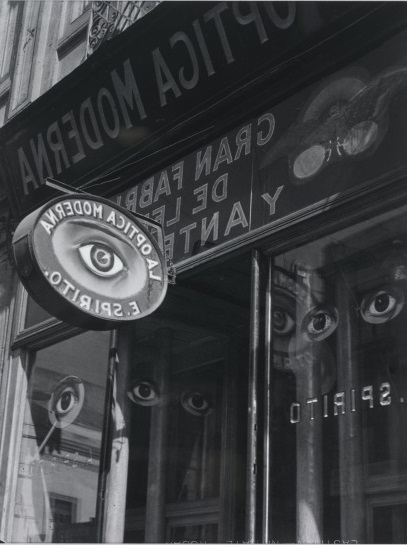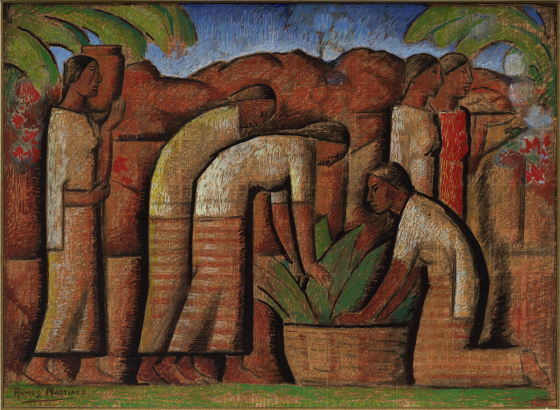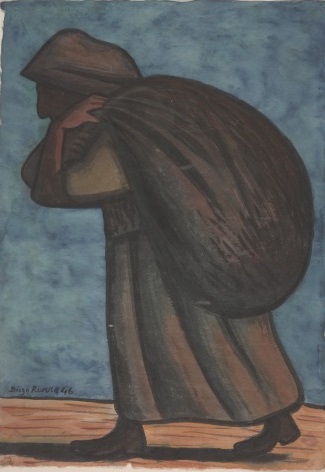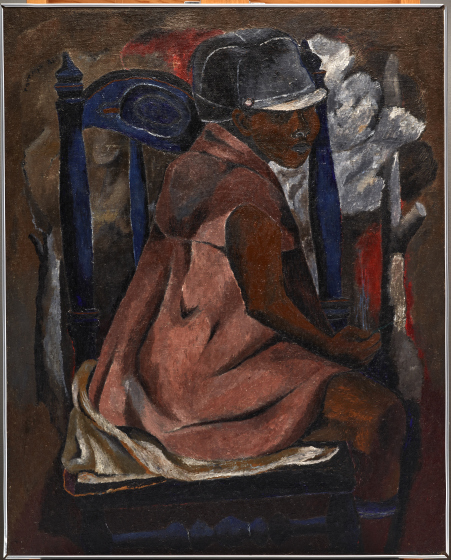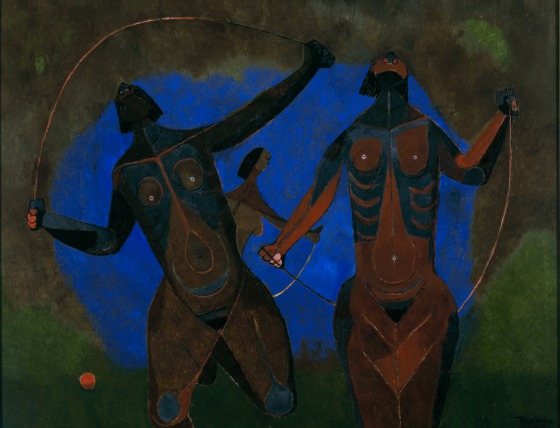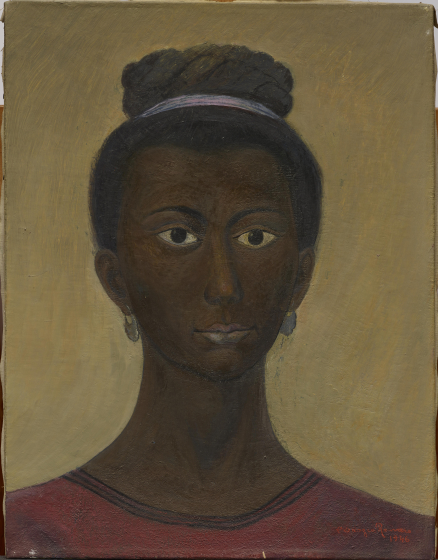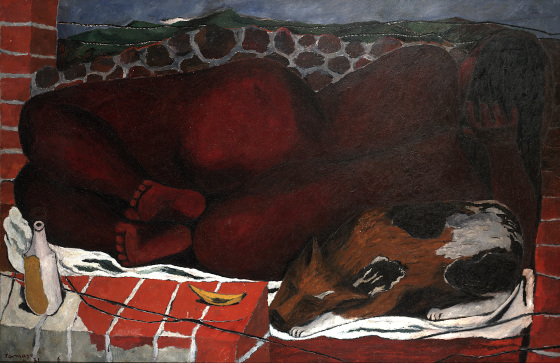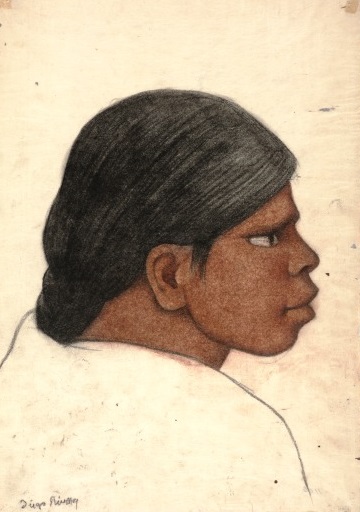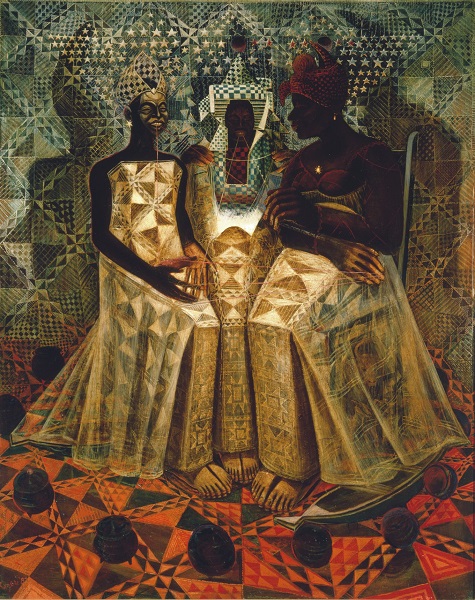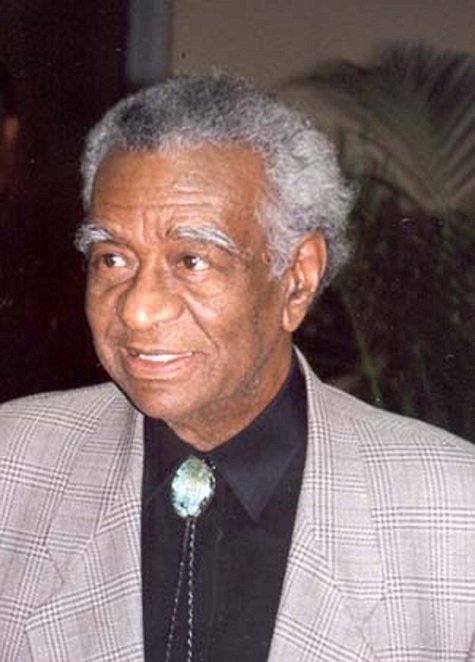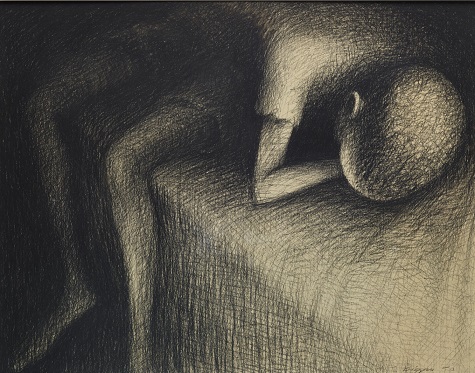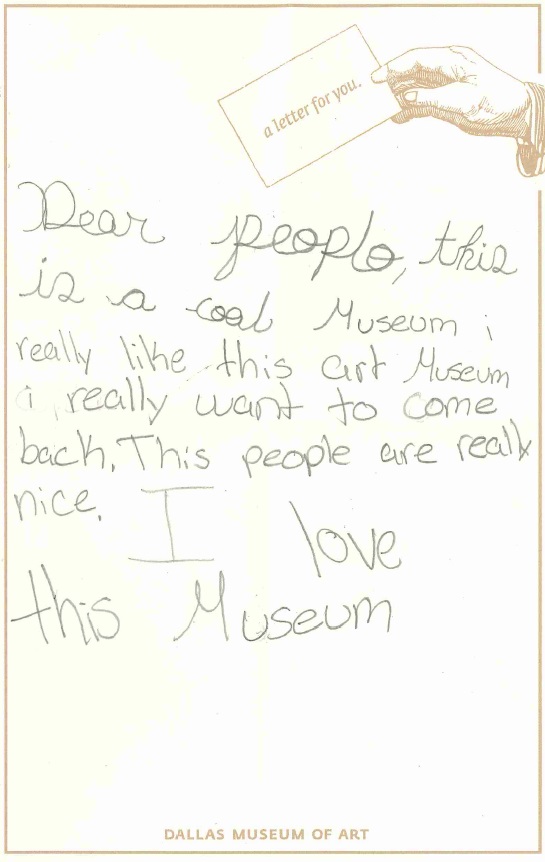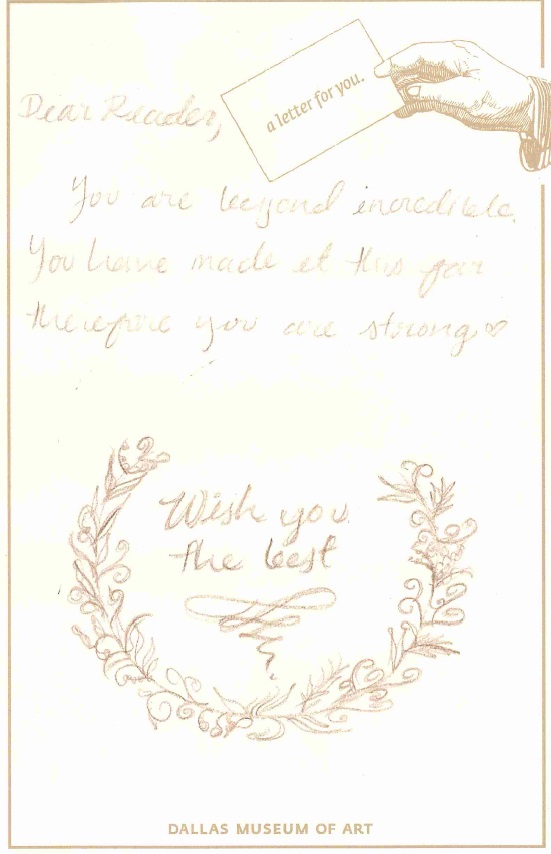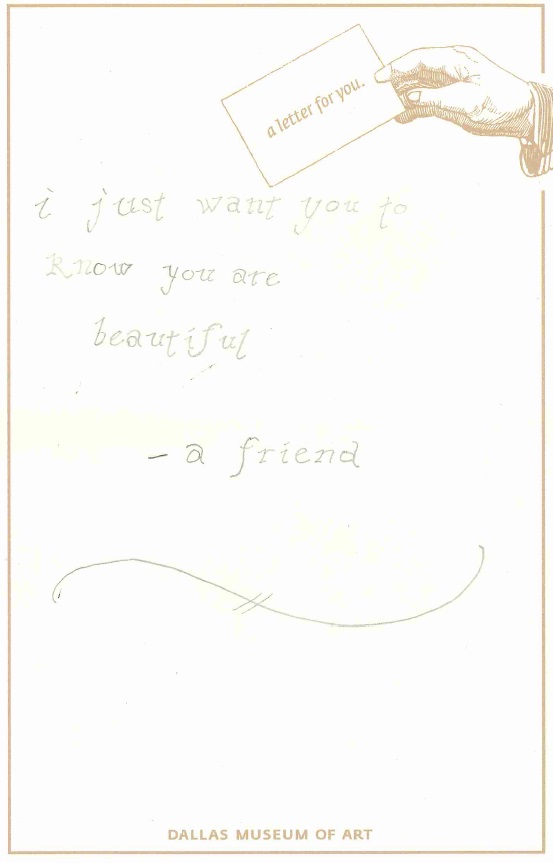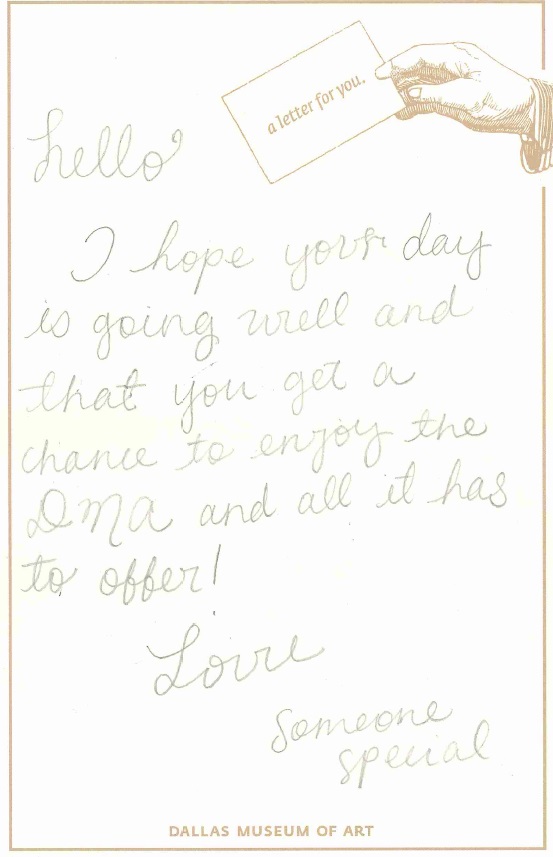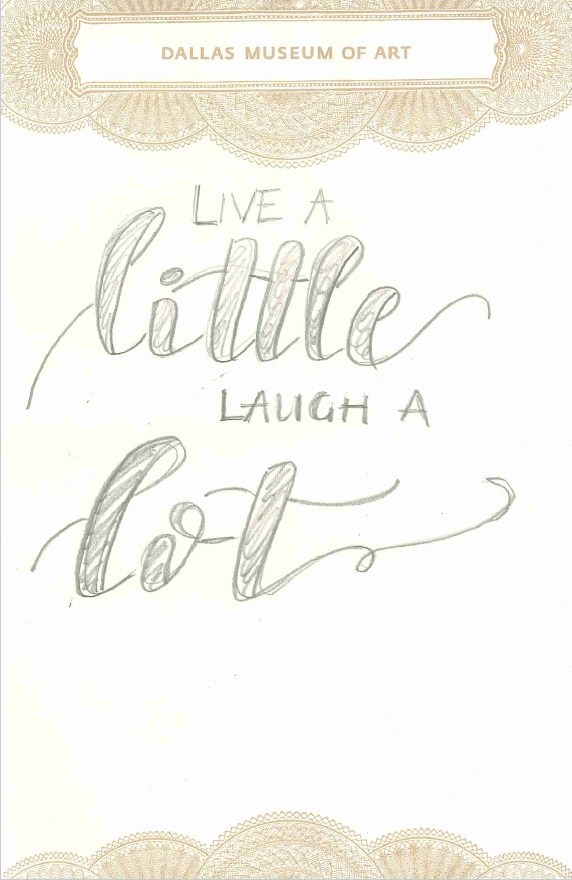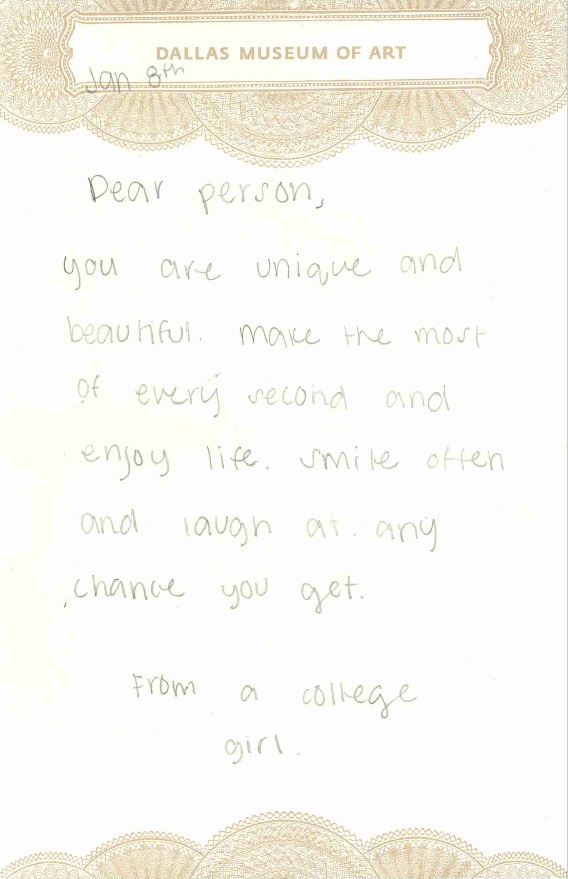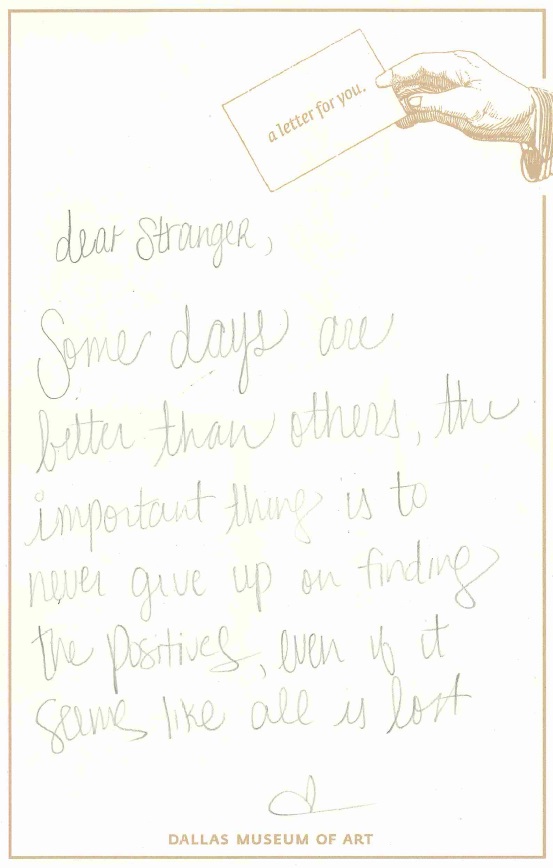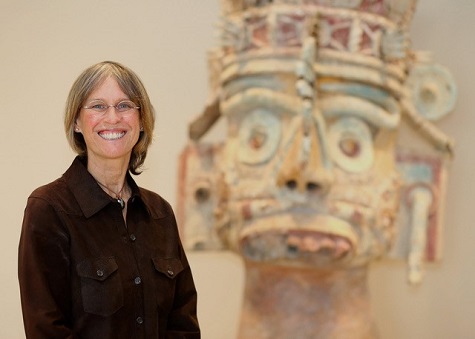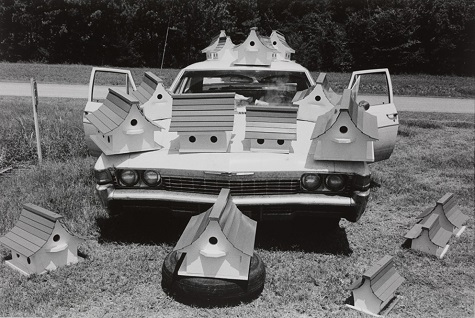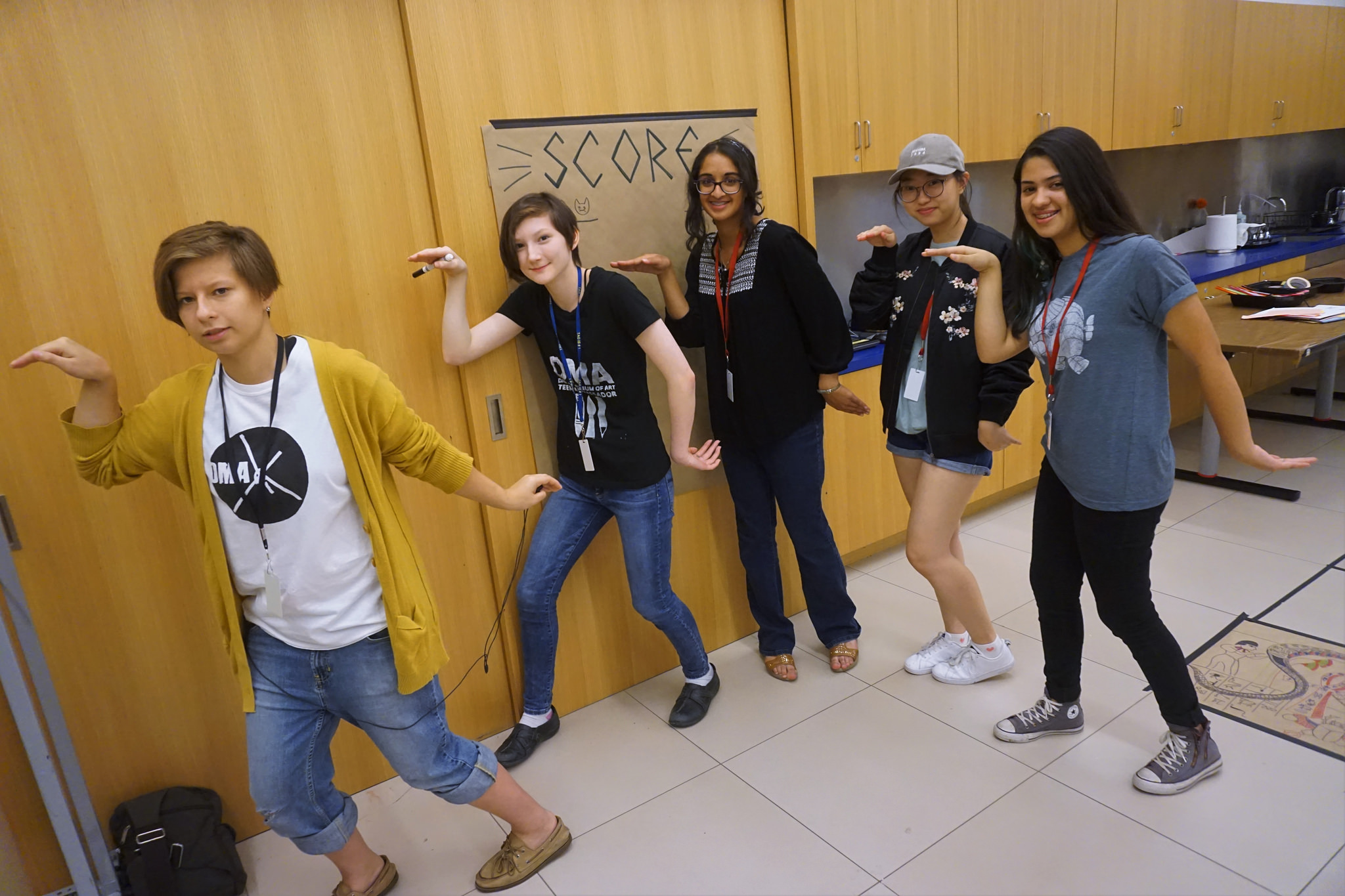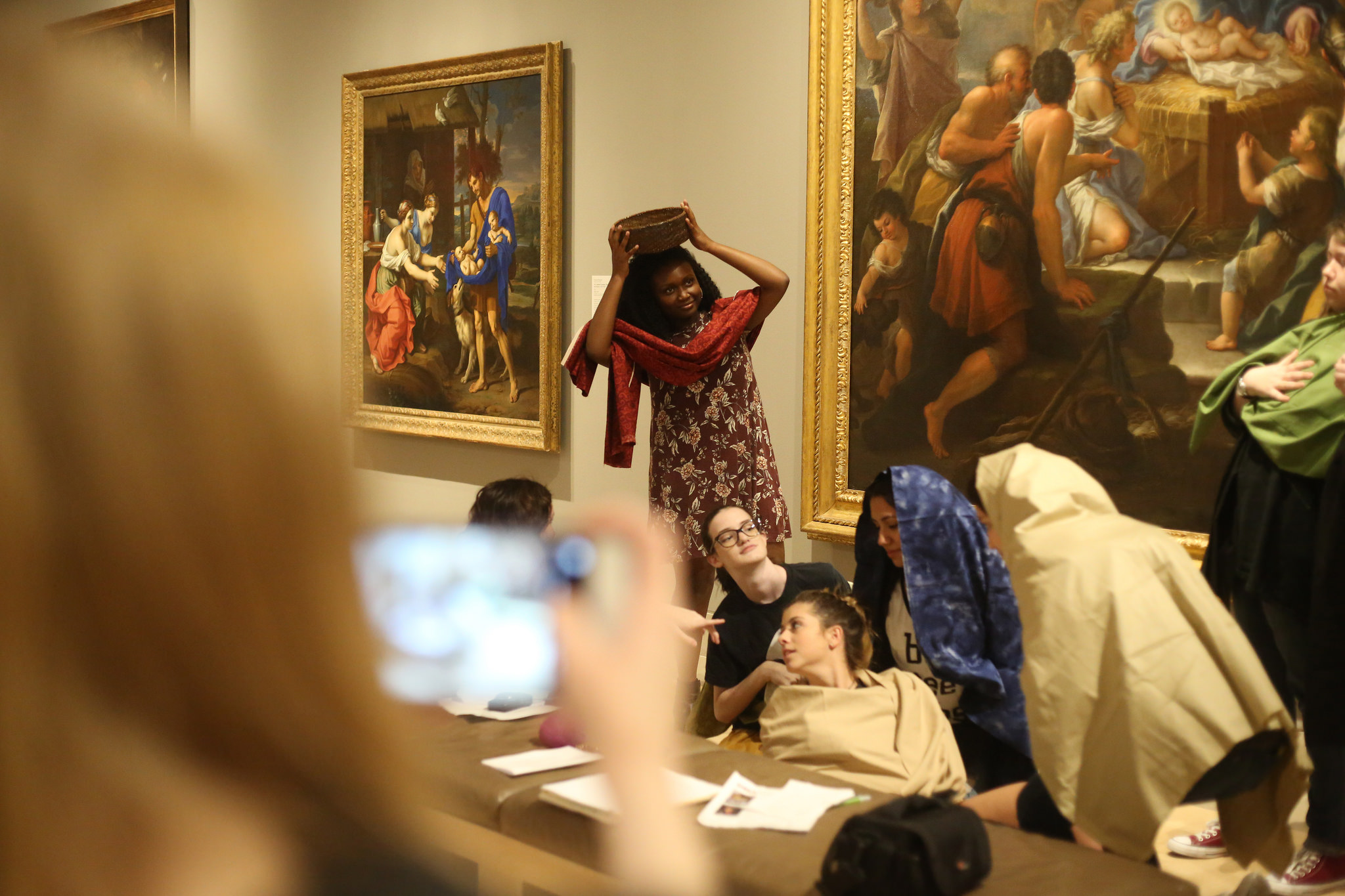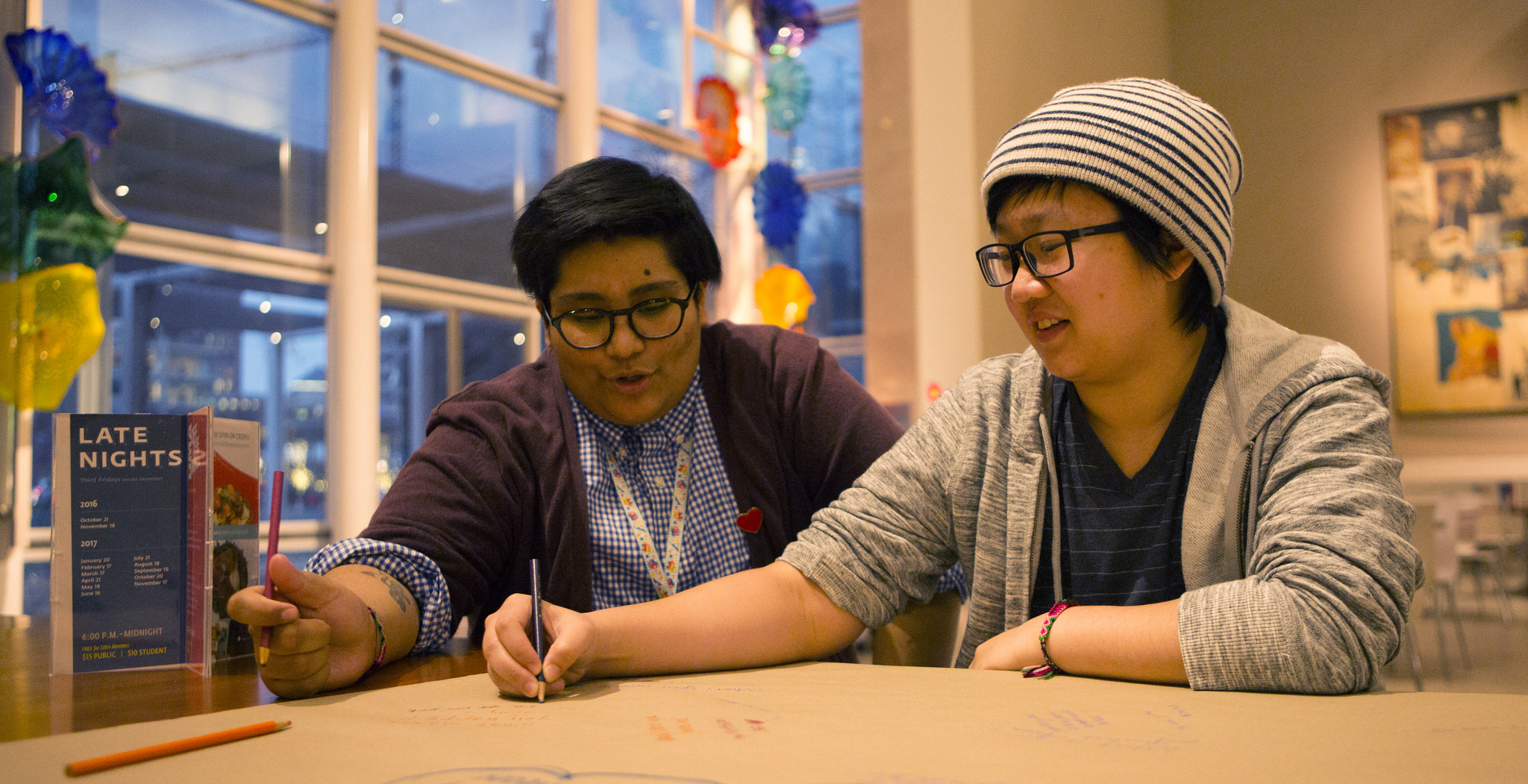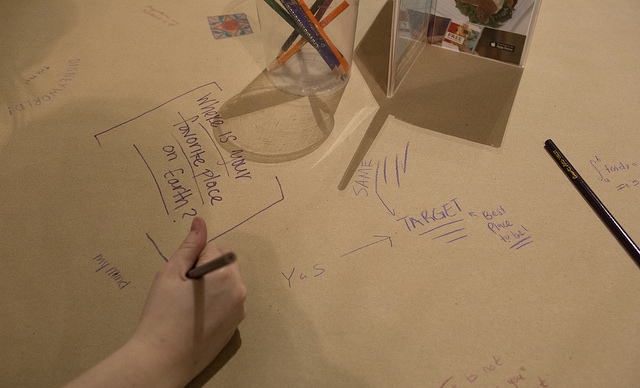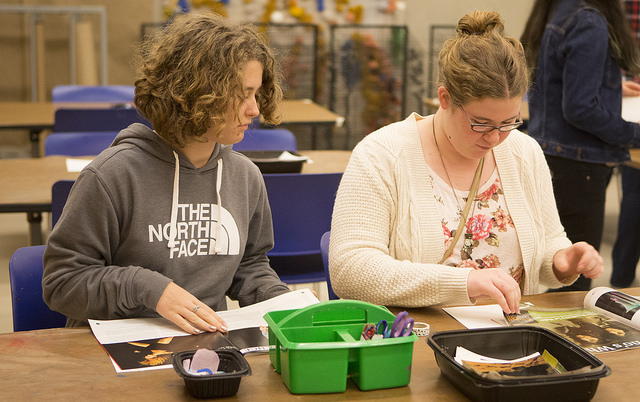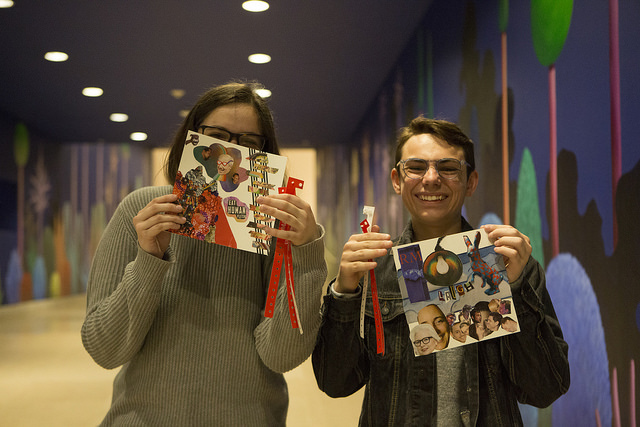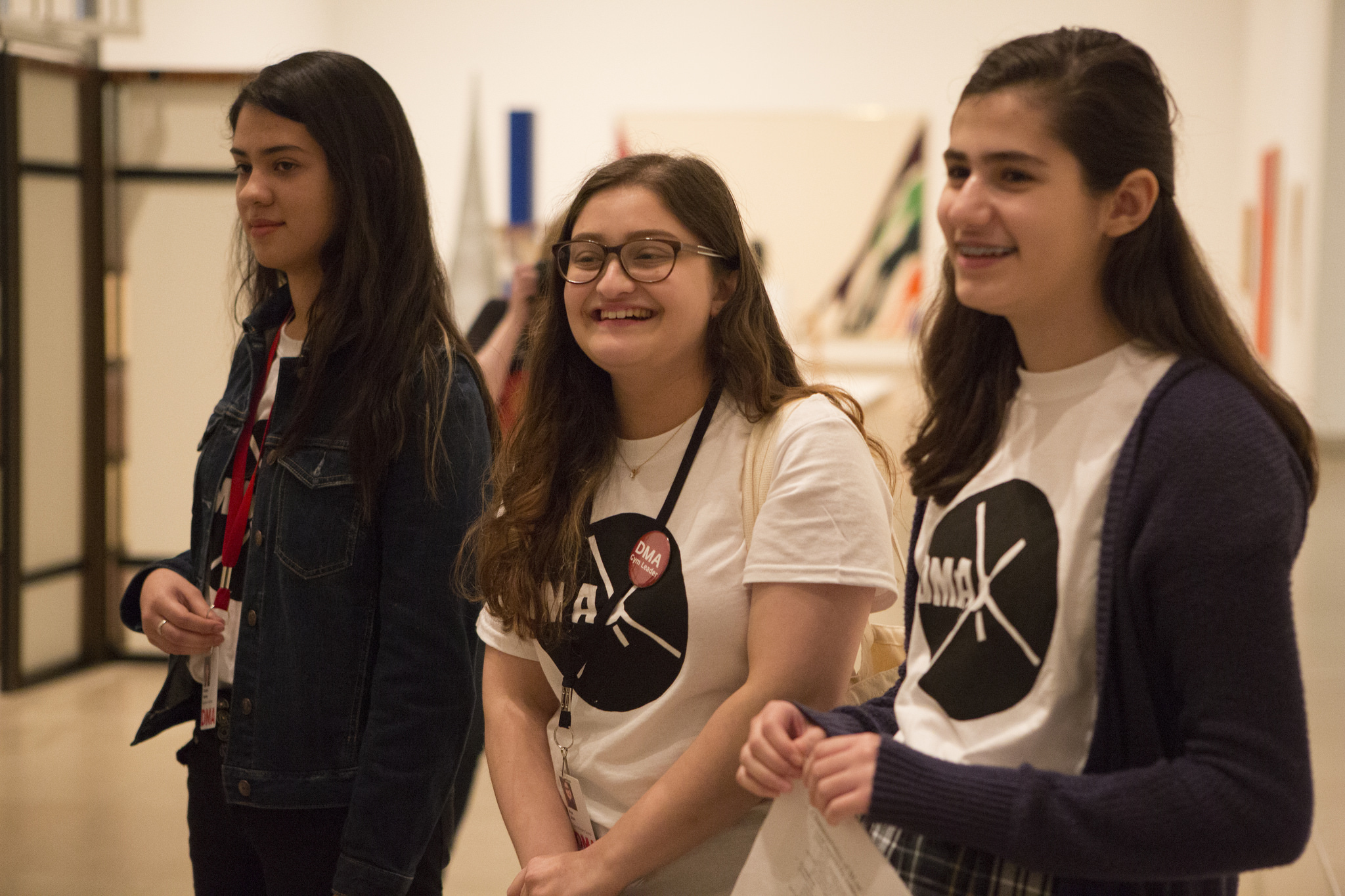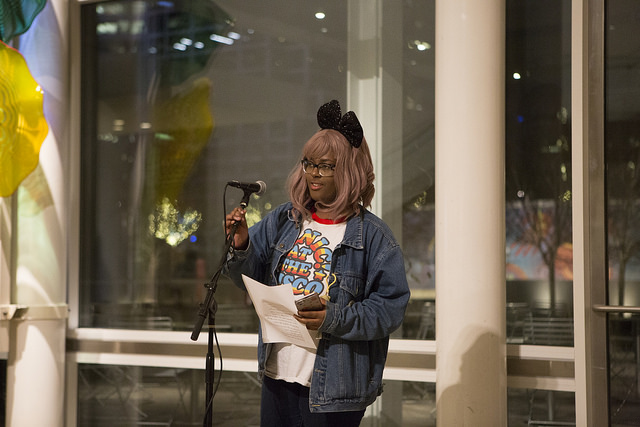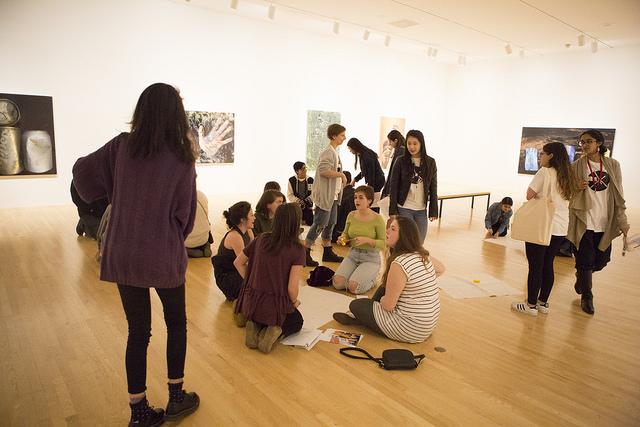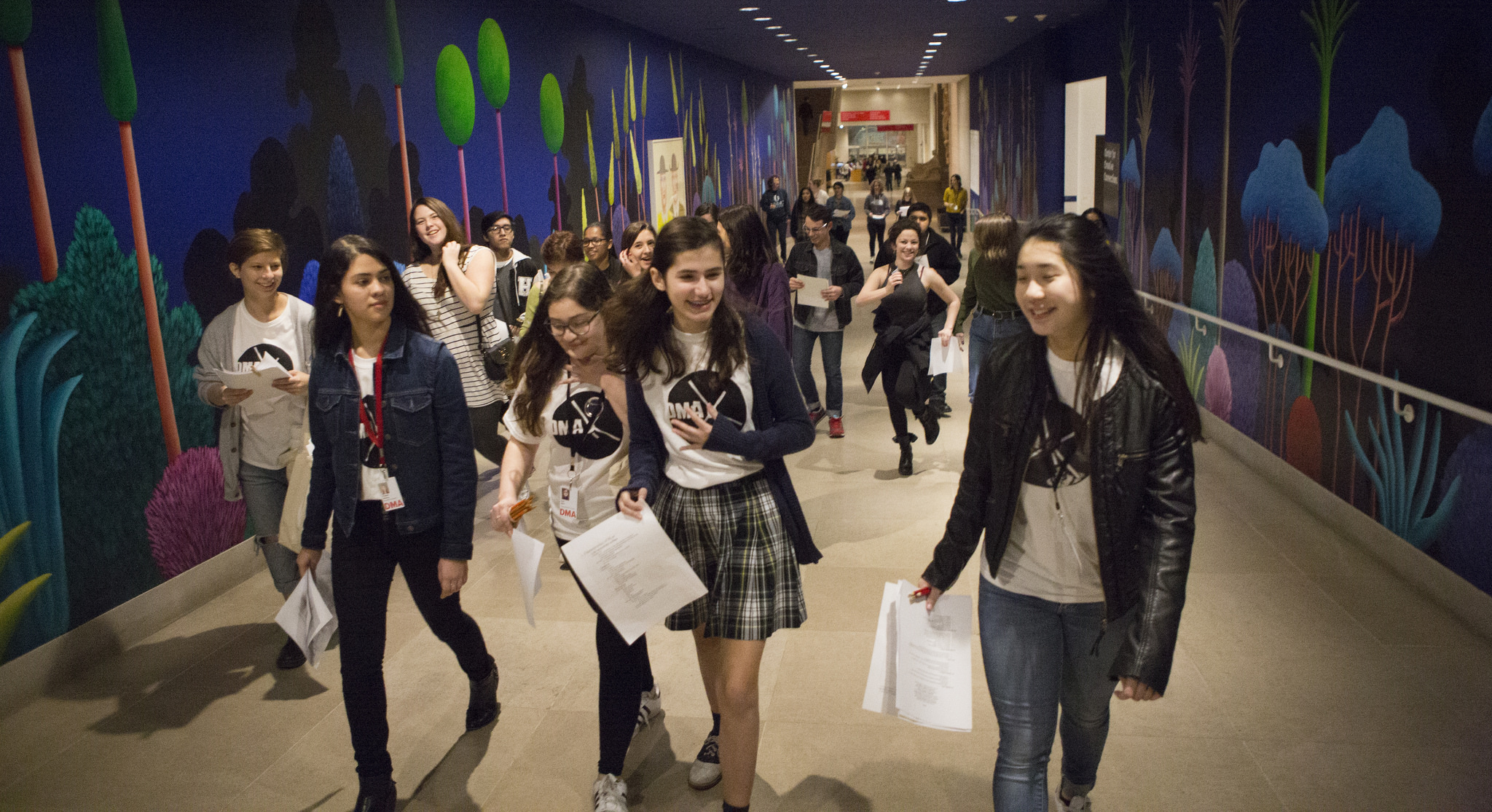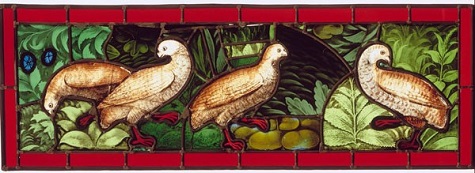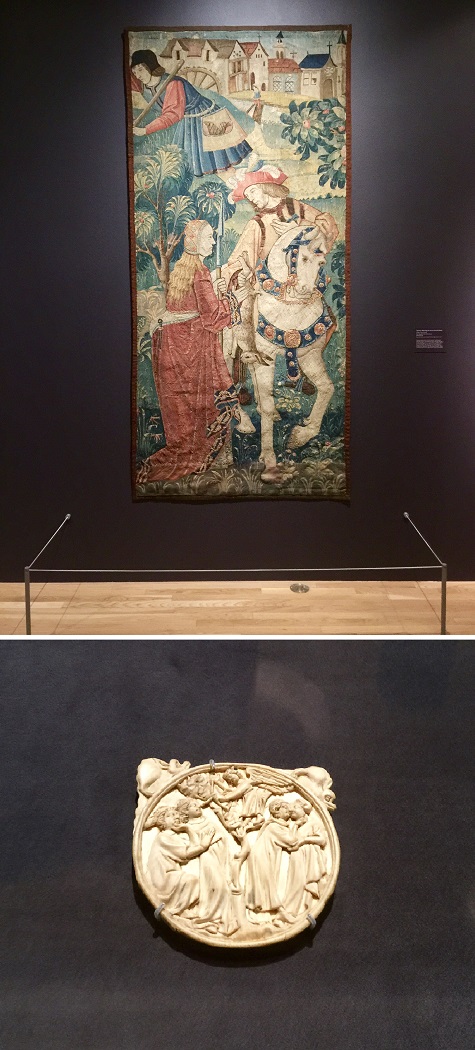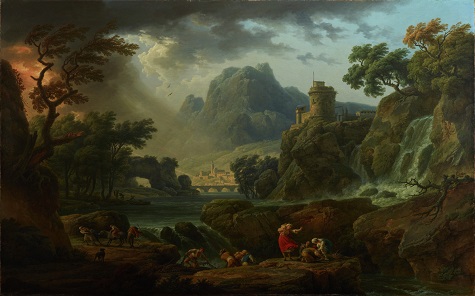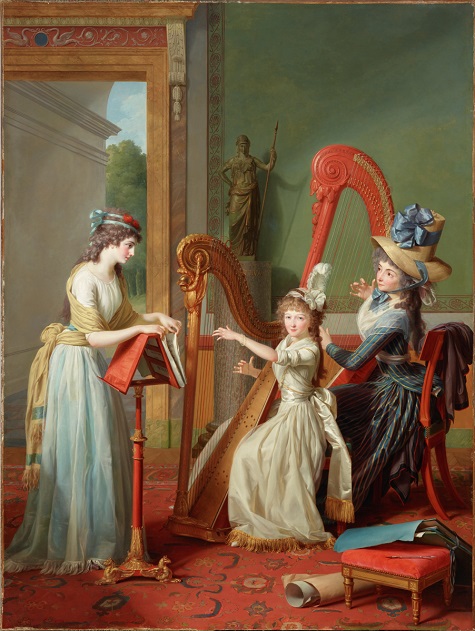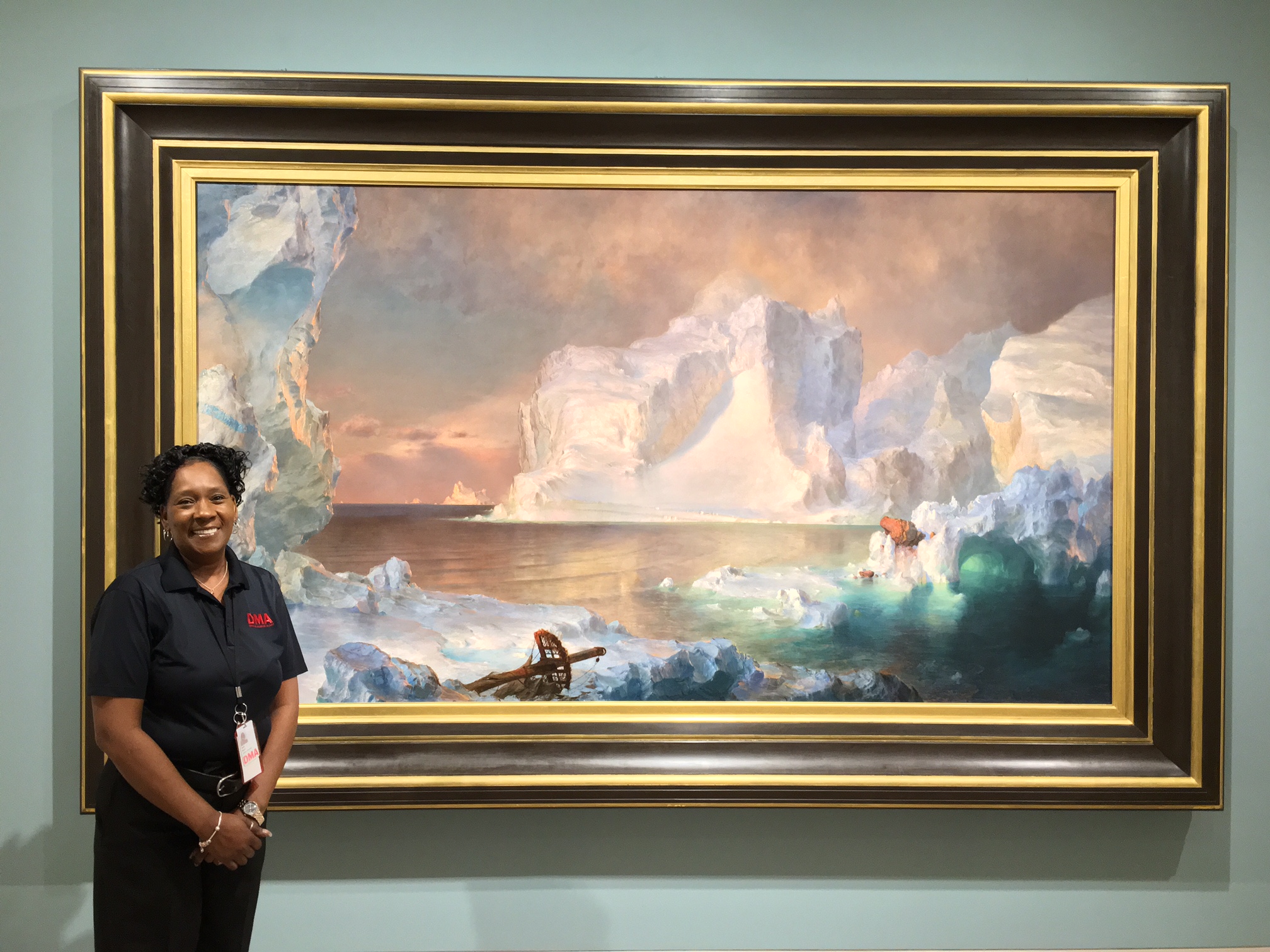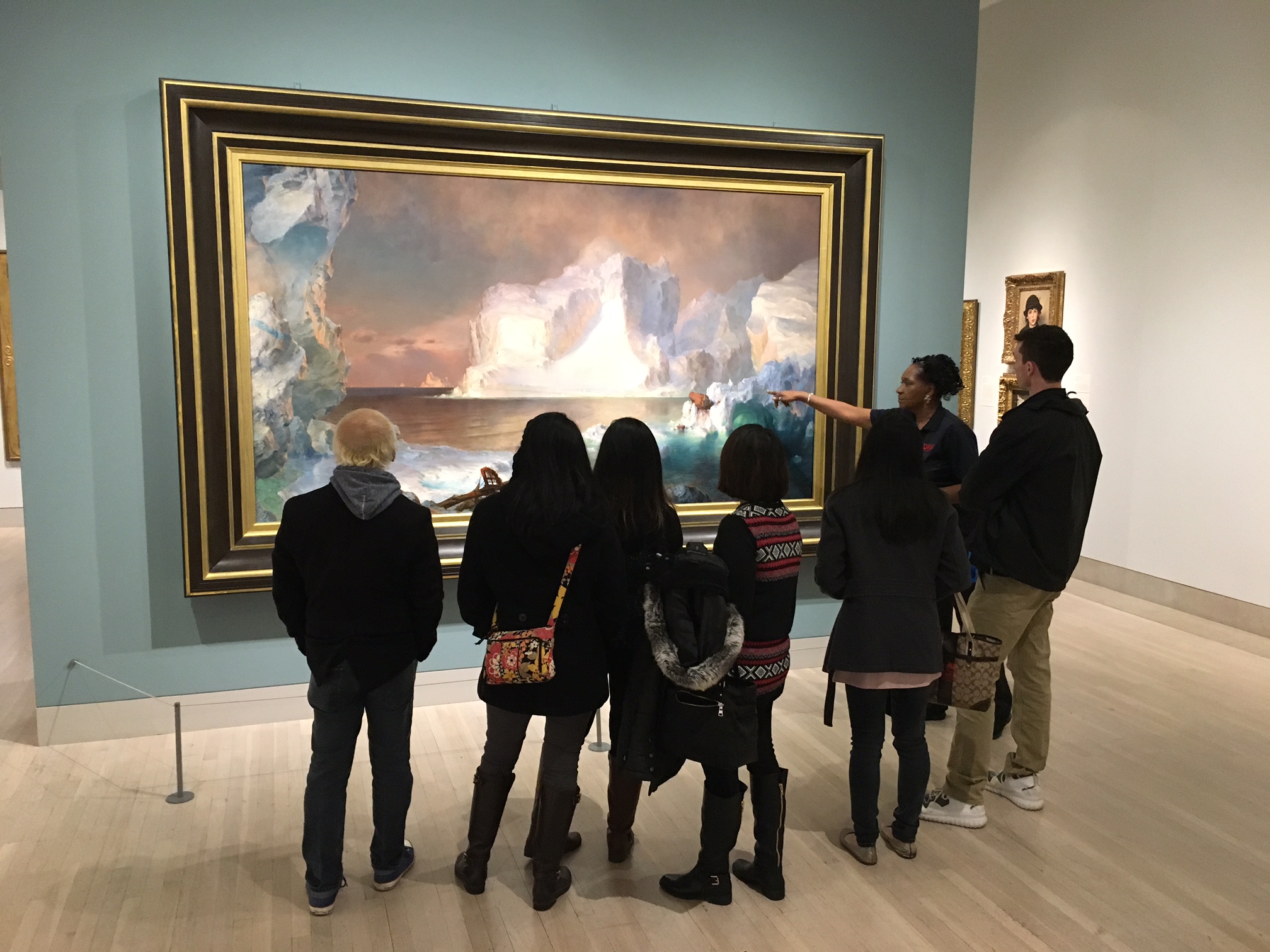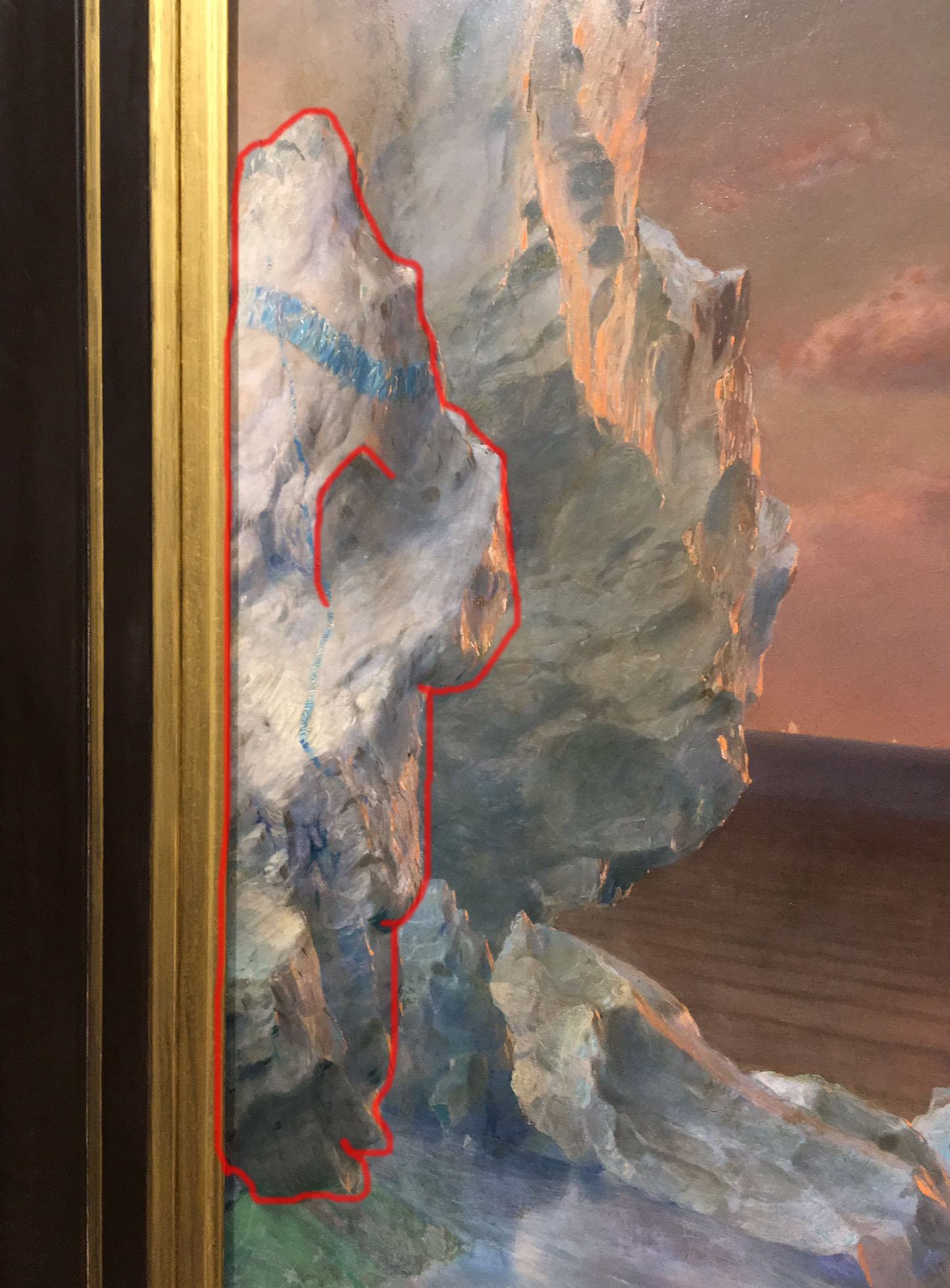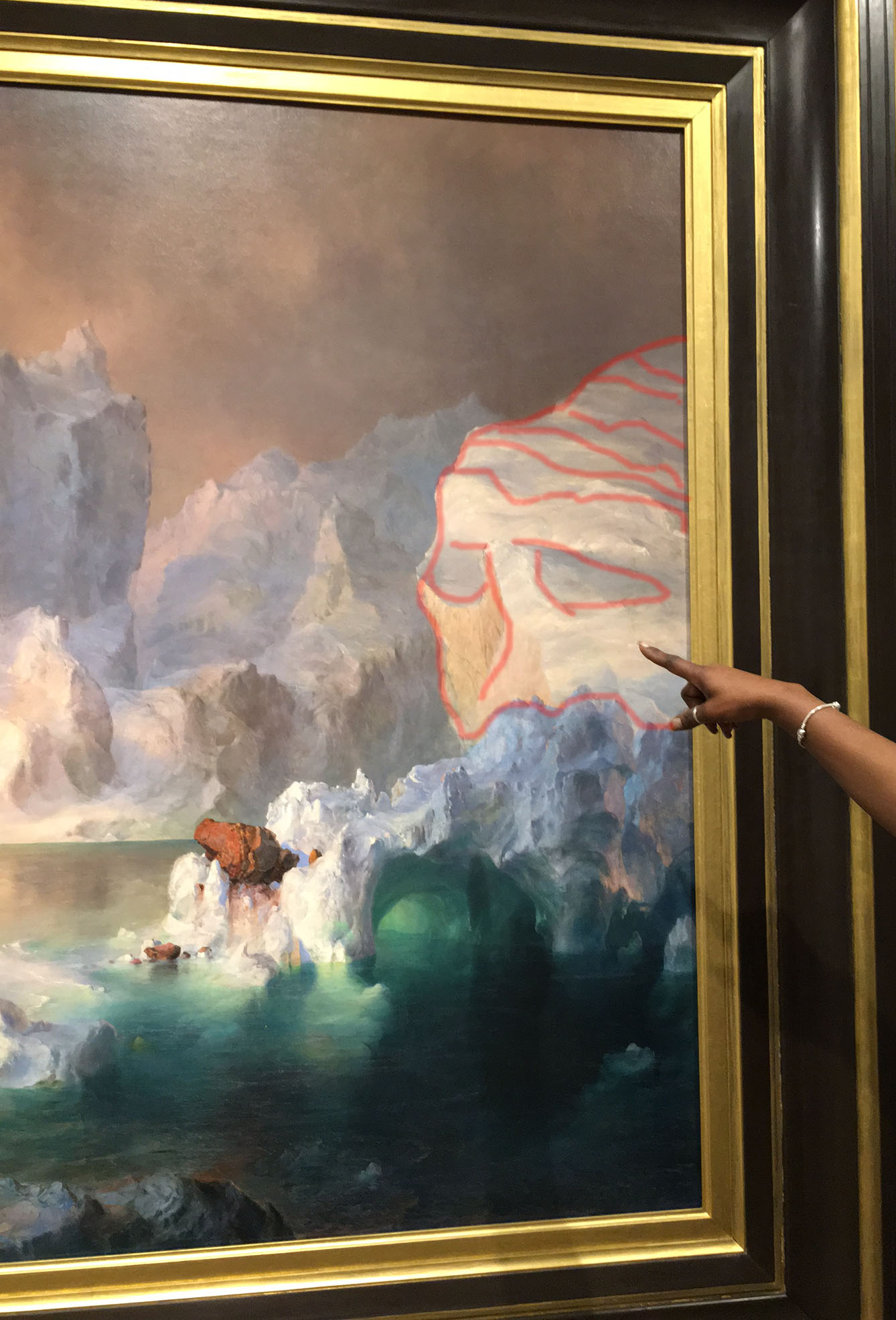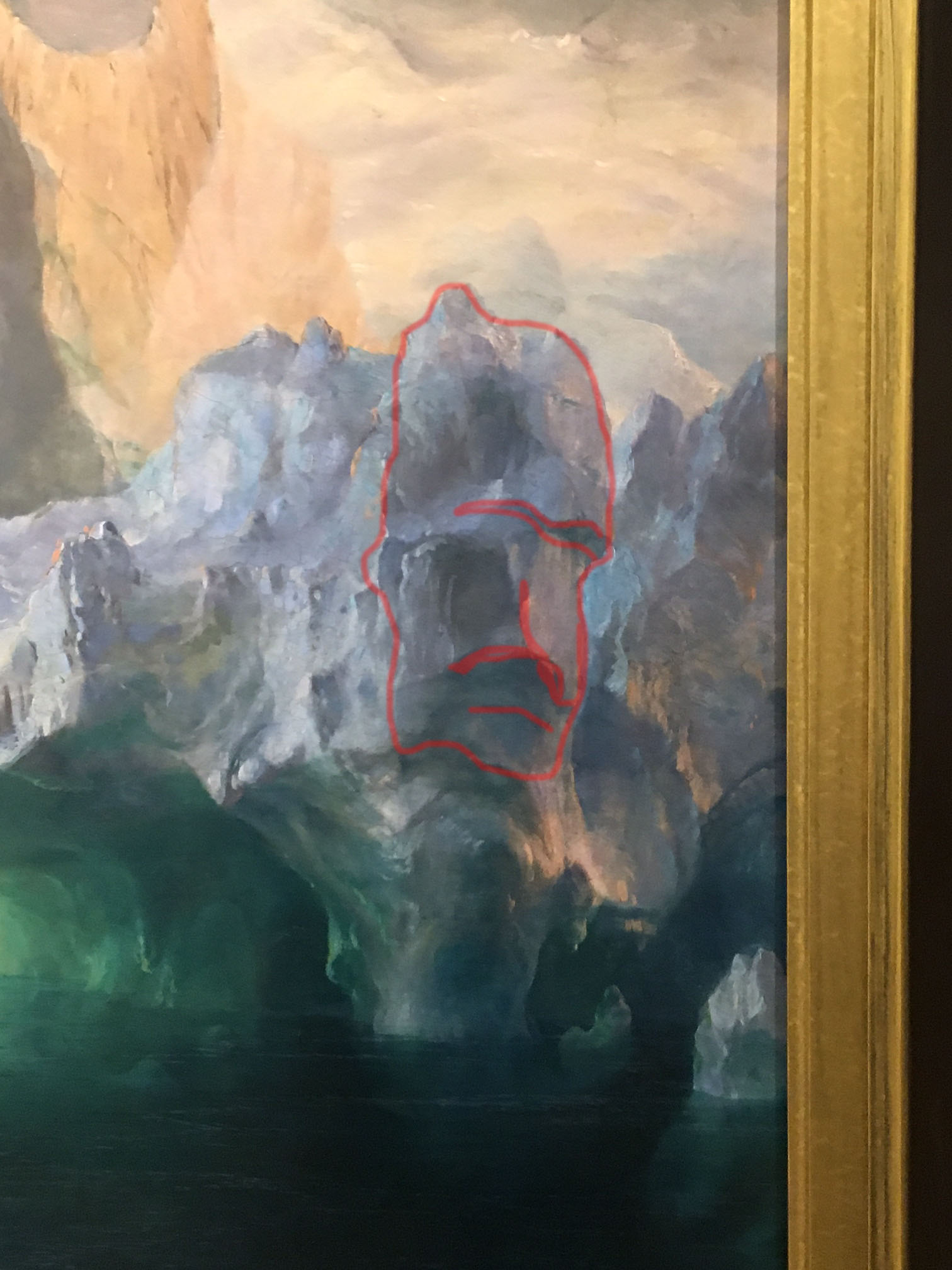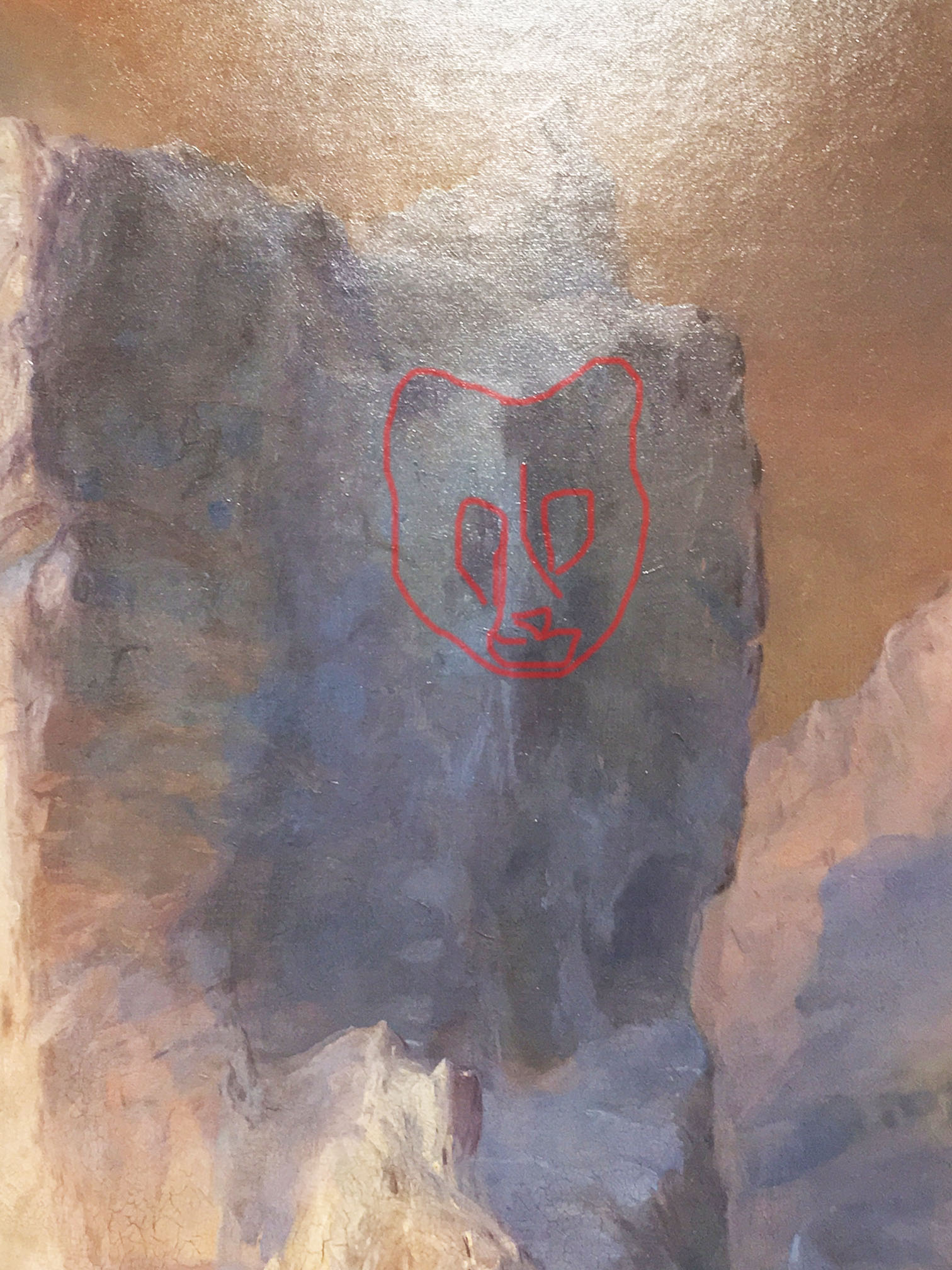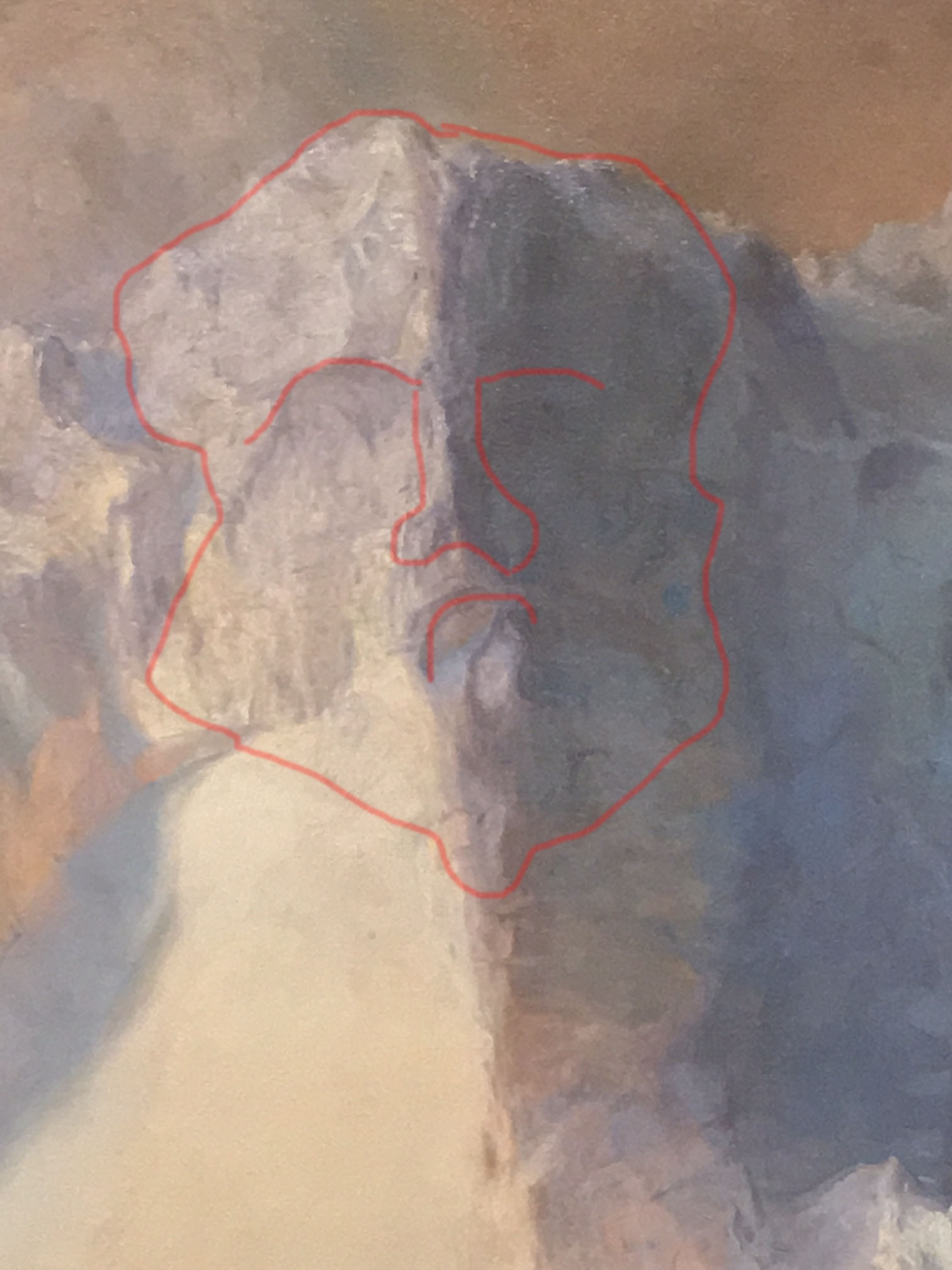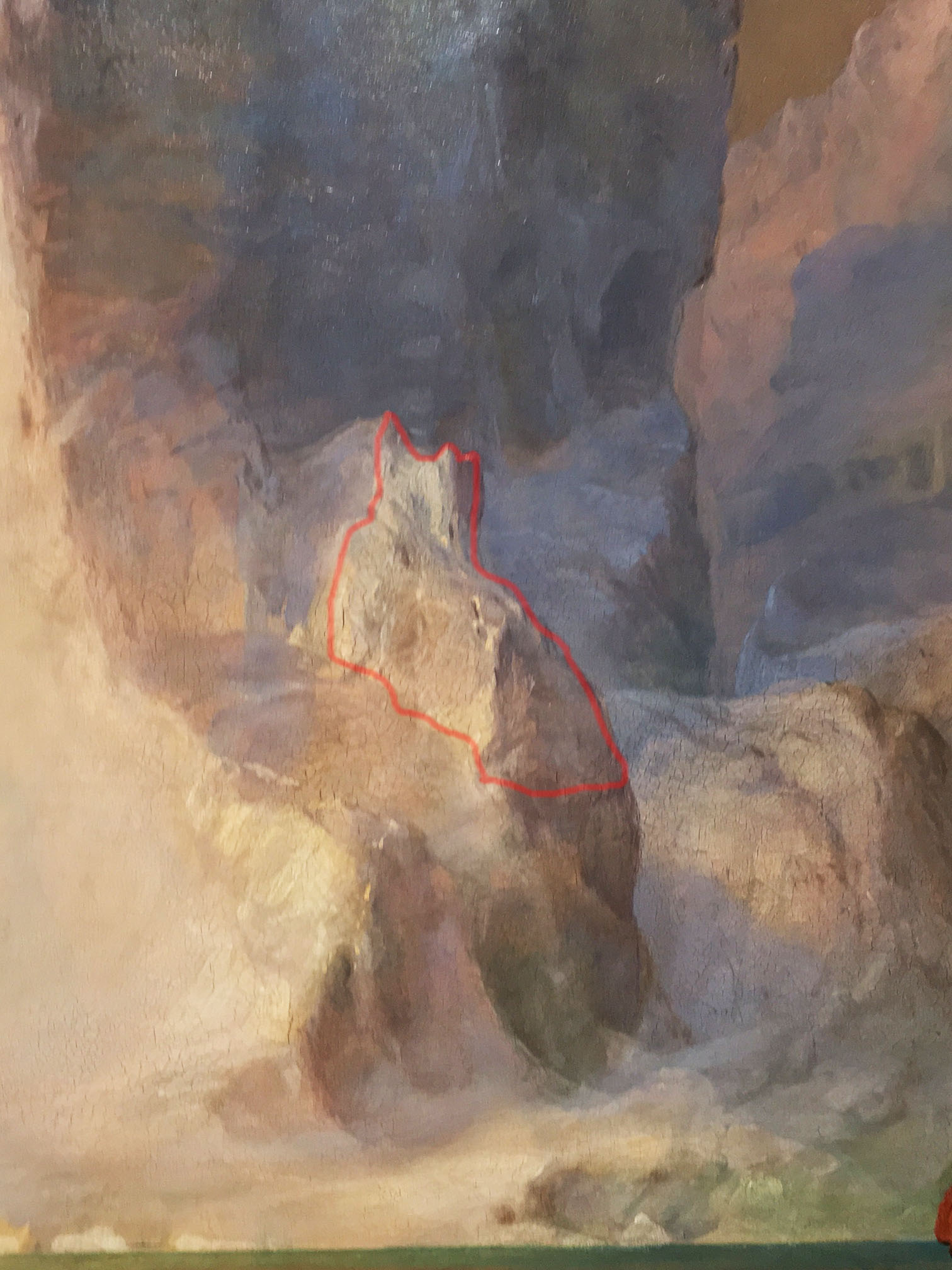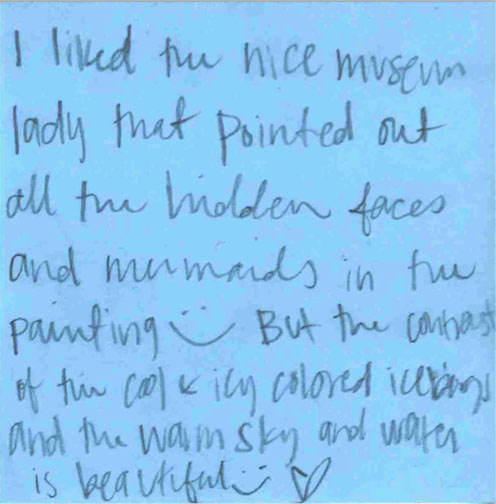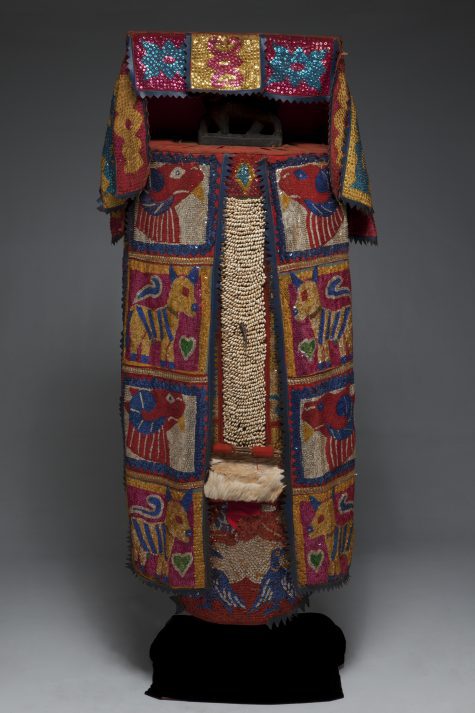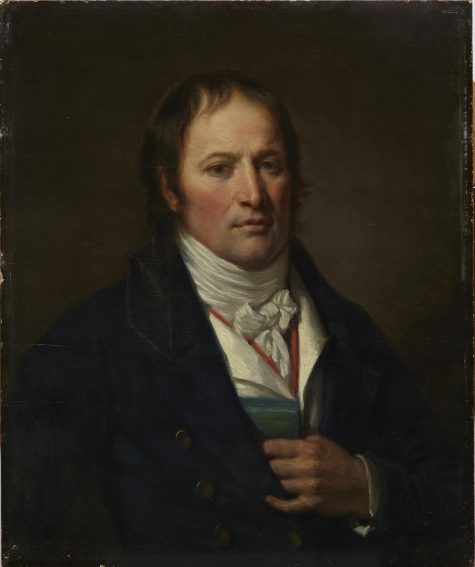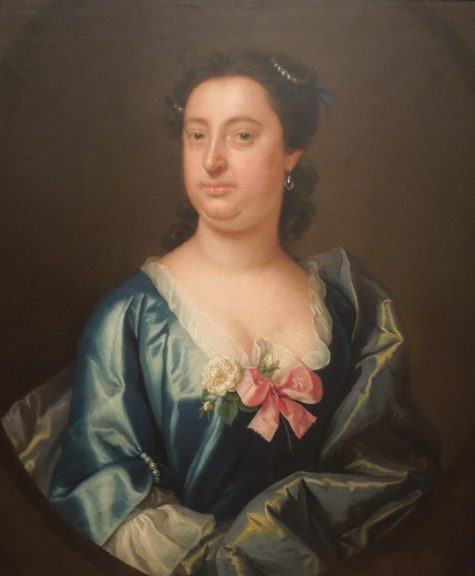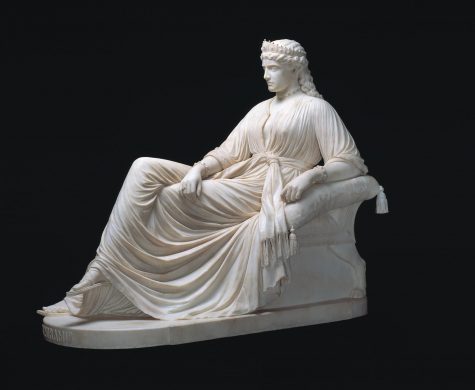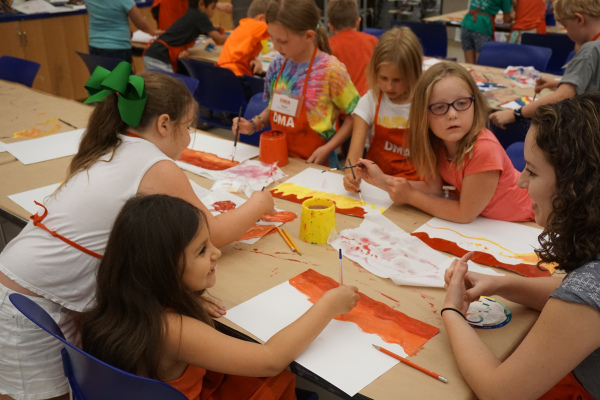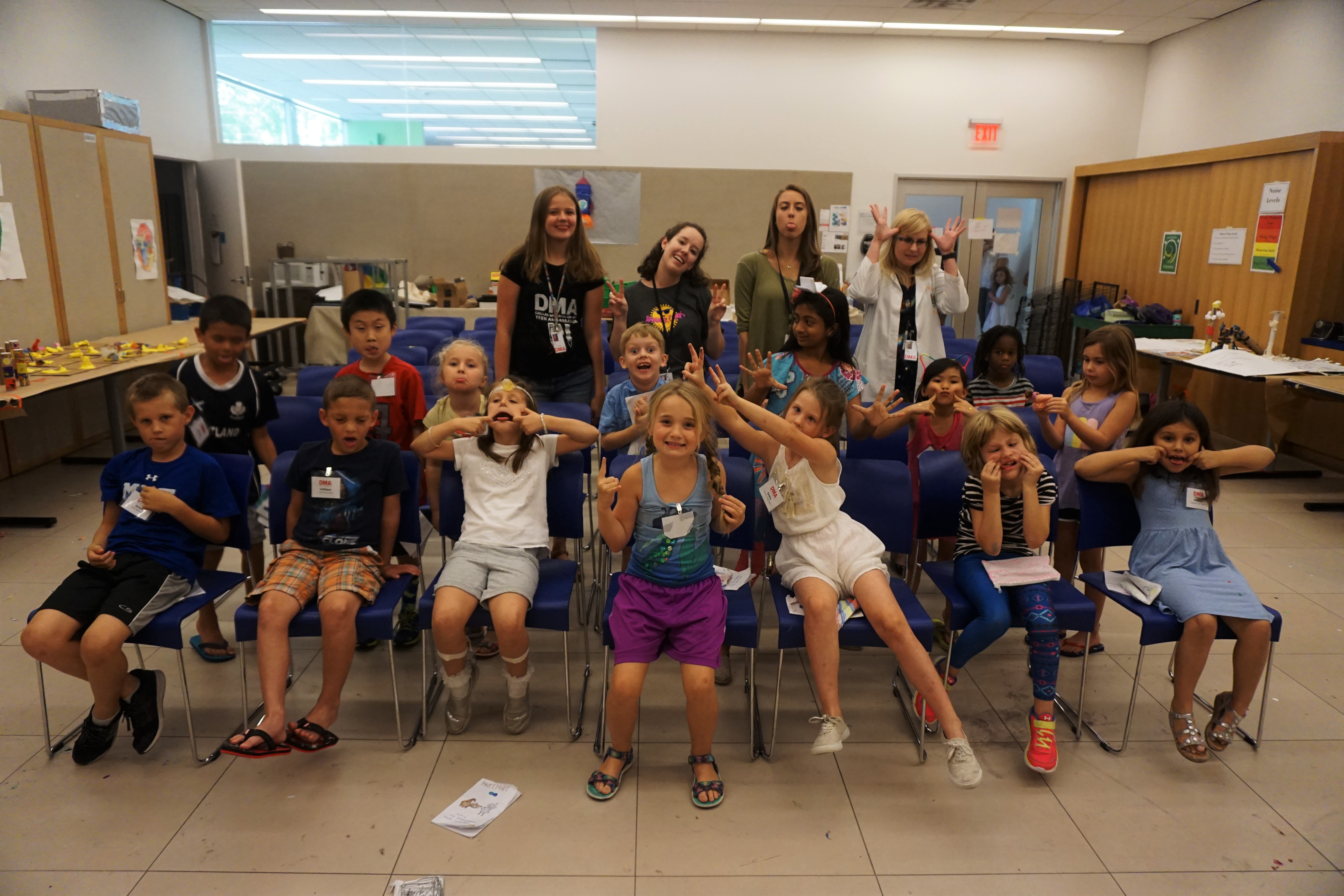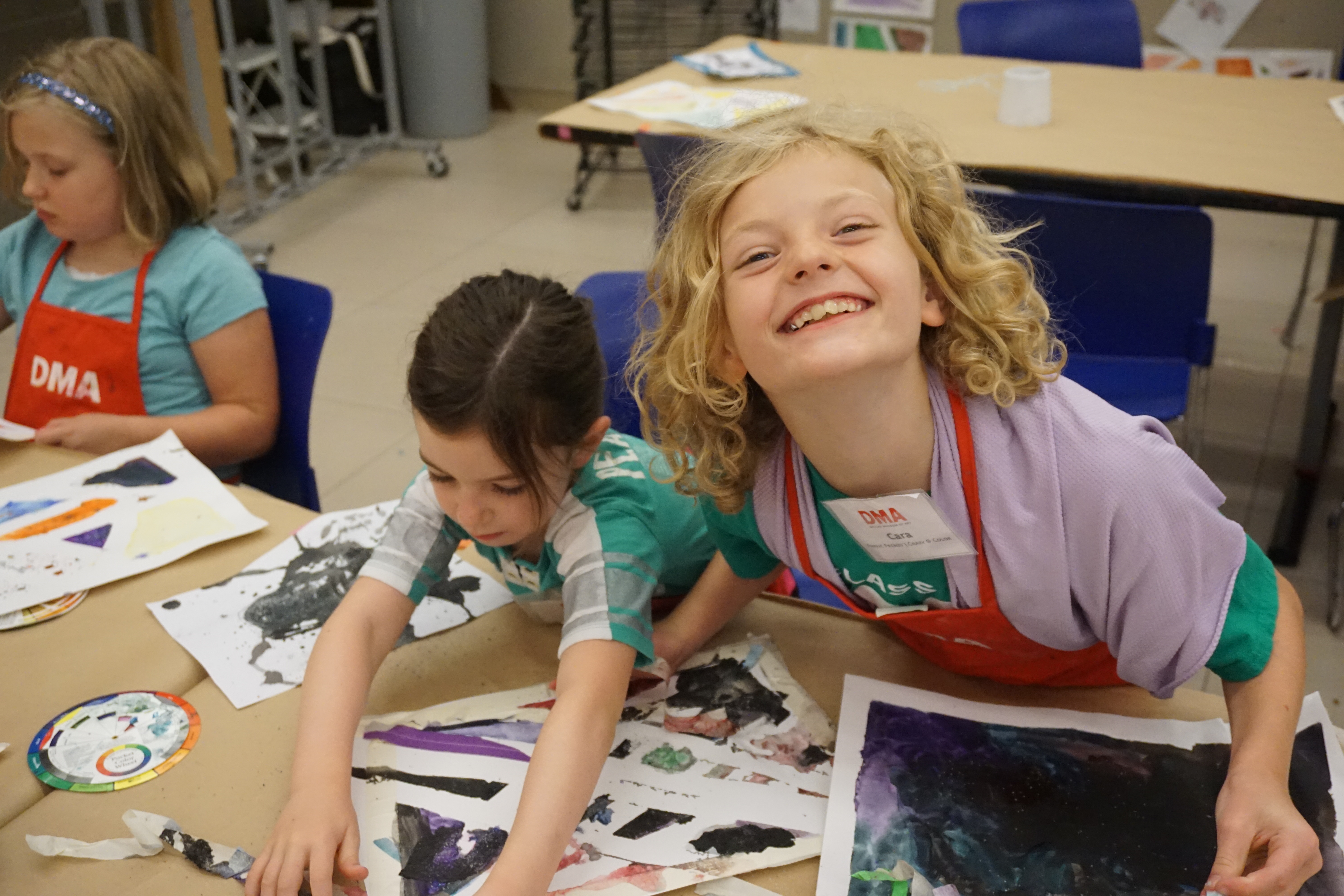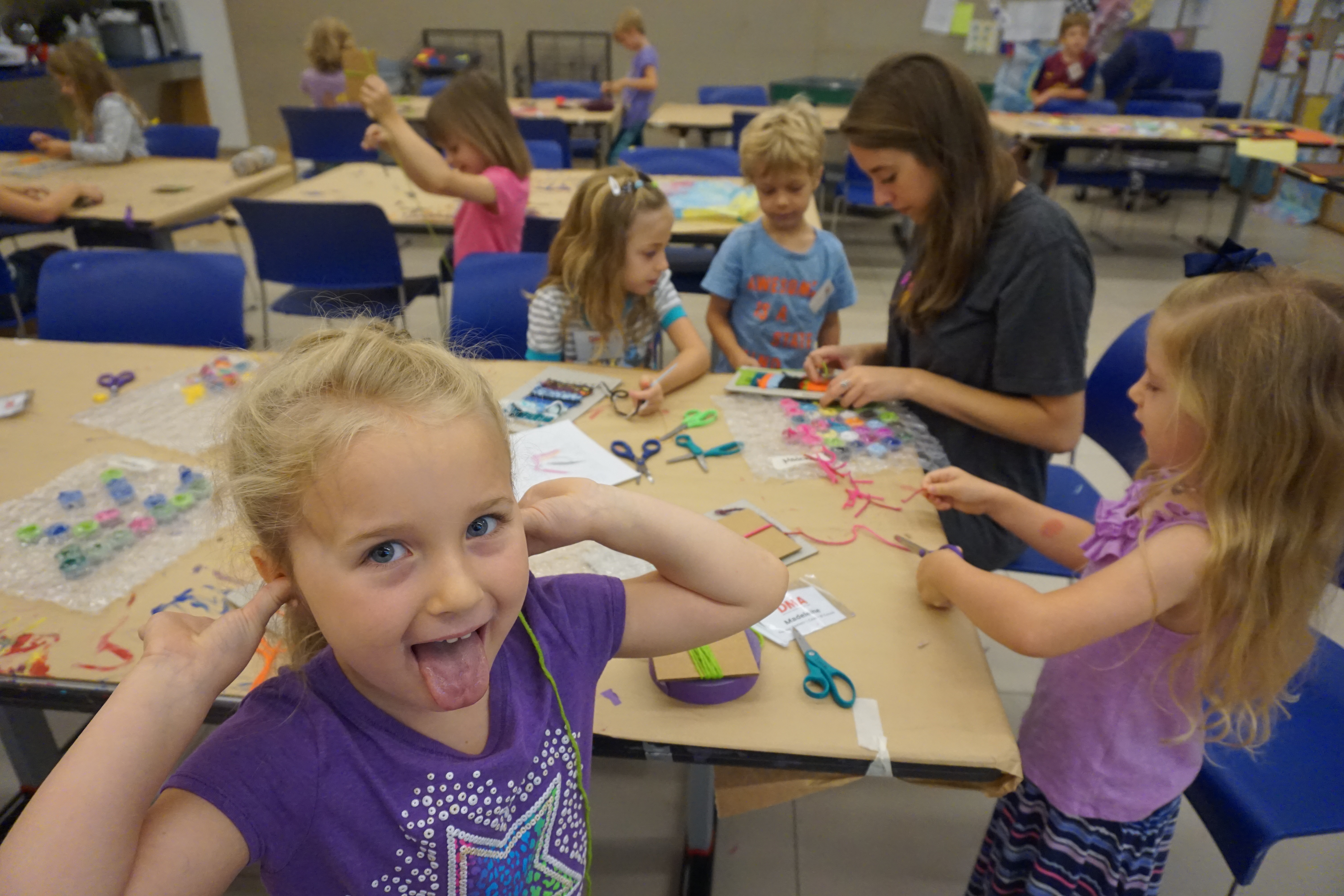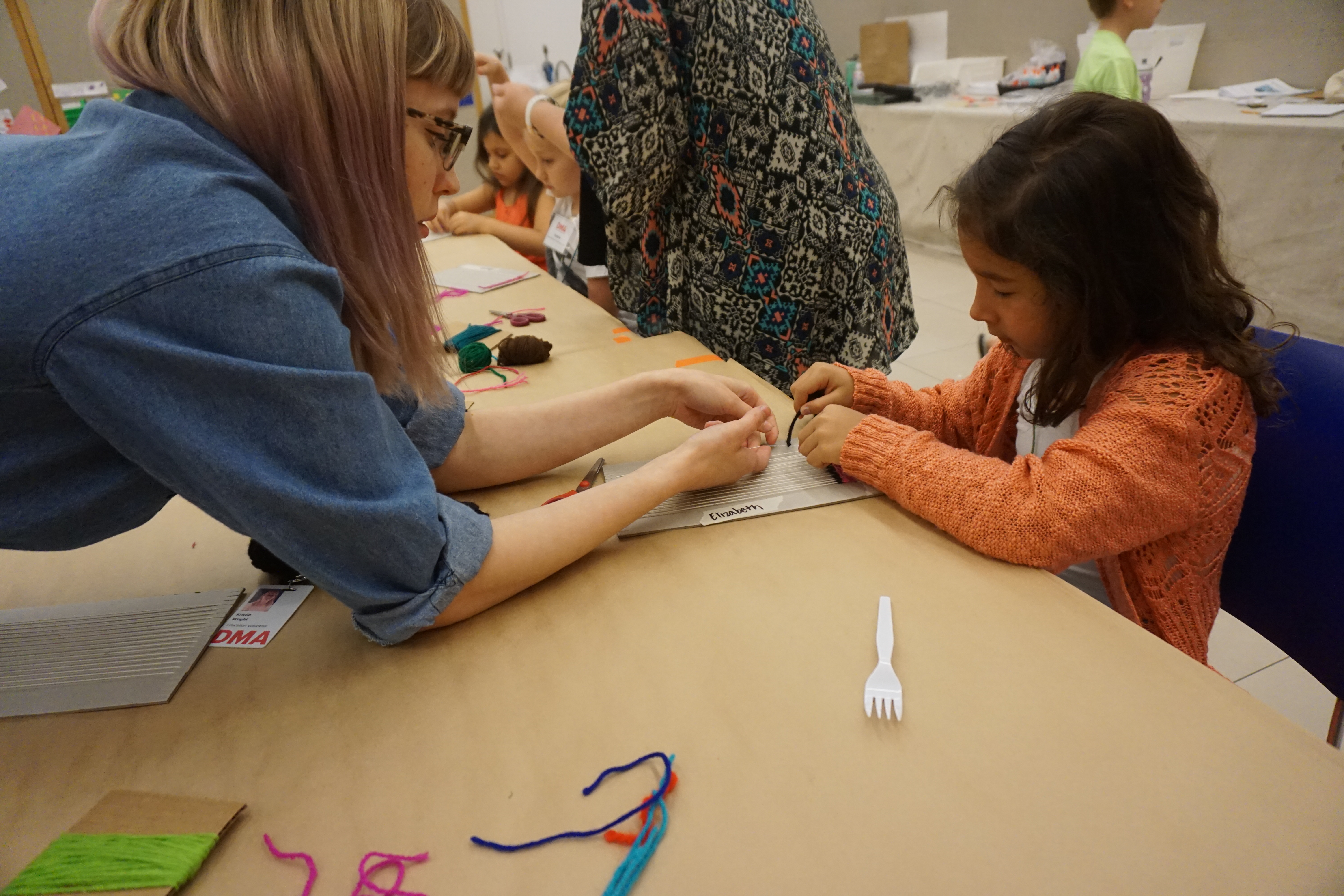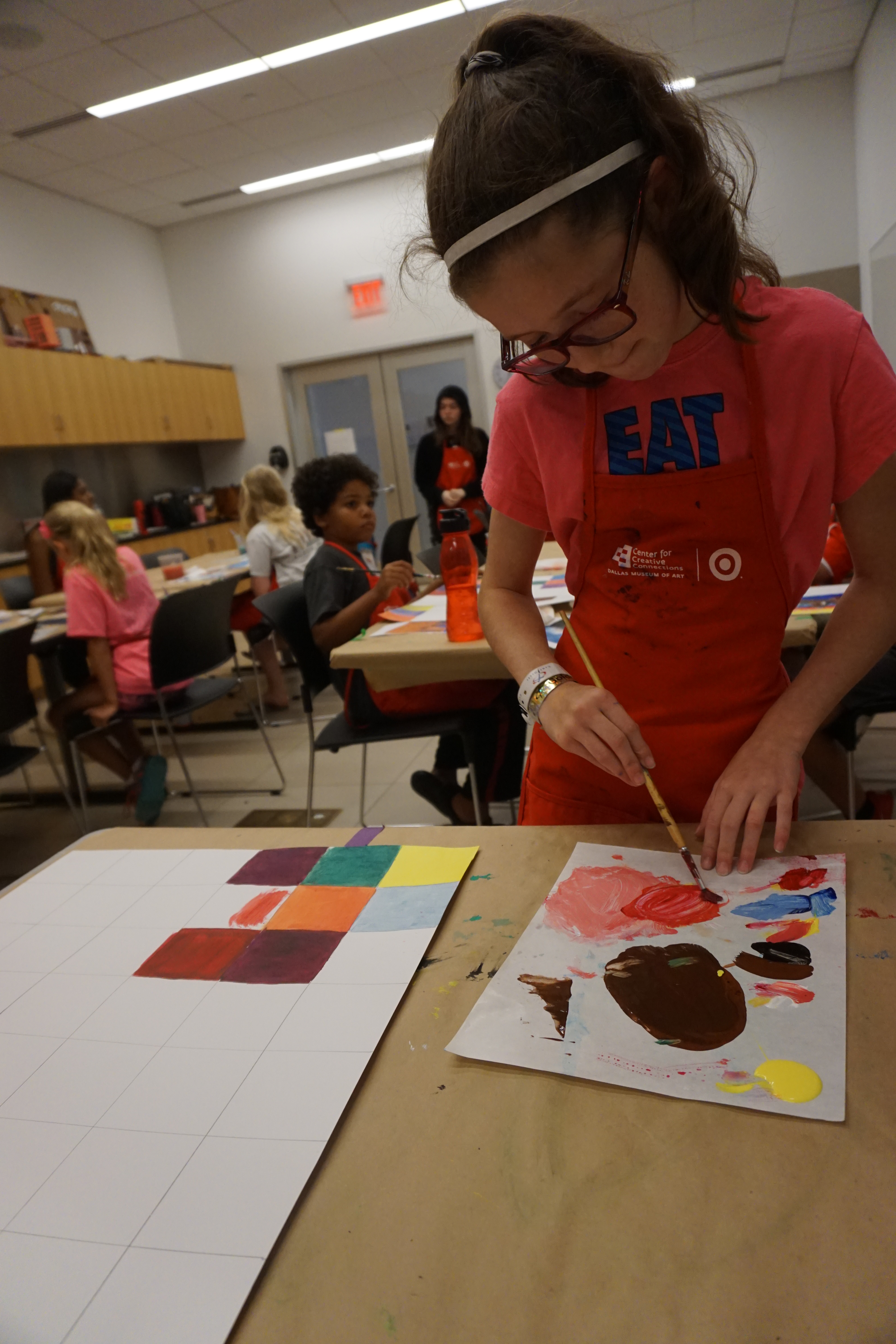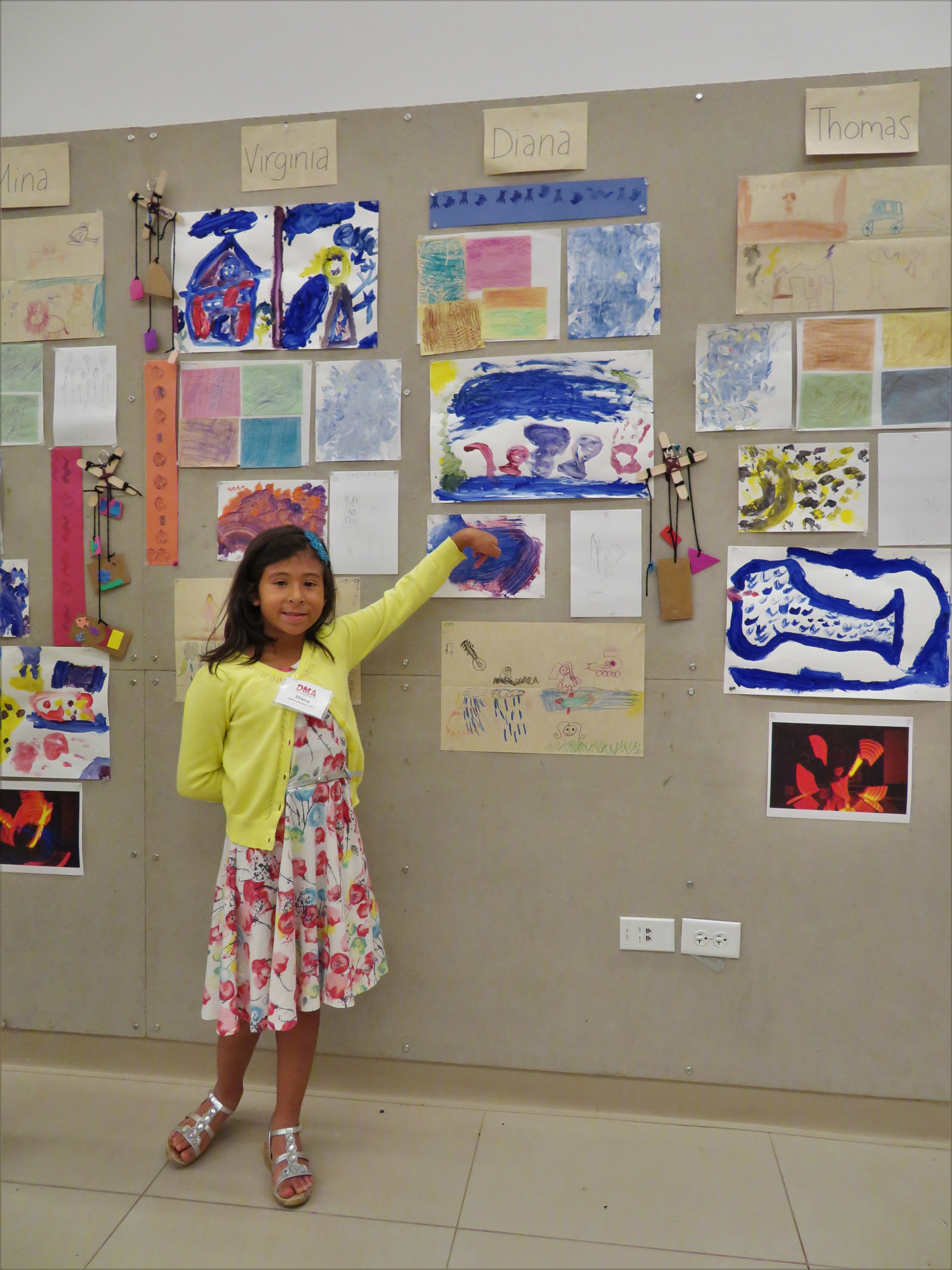The DMA is thrilled to host México 1900–1950: Diego Rivera, Frida Kahlo, José Clemente Orozco, and the Avant-Garde, opening March 12. I was fortunate to be able to view this exhibition in Paris at the Grand Palais, and was captivated by the works’ color, scale, and diversity of subject matter. This exhibition is coming to Dallas already chock-full of the heavy hitters of Mexican modernism, but the DMA is taking the opportunity to highlight and include some of our own Mexican greats. Look for the following DMA-owned works in the Dallas presentation:
- Roberto (Nervo) Montenegro, “The Shell,” c. 1936, oil on composition board, Dallas Museum of Art, Dallas Art Association Purchase, 1951.84
- Octavio Medellín, “The Hanged One” (“El Ahorcado”), c. 1942, black walnut, Dallas Museum of Art, Kiest Memorial Purchase Prize, Fourteenth Annual Dallas Allied Arts Exhibition, 1943.9
- Manuel Alvarez Bravo, “The Cross at Chalma,” 1942, gelatin silver print, Dallas Museum of Art, gift of Paul Brauchle, 1994.232, © Estate of Manuel Alvarez Bravo / Artists Rights Society (ARS), New York / ADAGP, Paris
- Manuel Alvarez Bravo, “Optical Parable,” 1931, gelatin silver print, Dallas Museum of Art, gift of DMA Friends of Photography, 1993.35, © Estate of Manuel Alvarez Bravo / Artists Rights Society (ARS), New York / ADAGP, Paris
- Alfredo Ramos Martinez, “Workers,” 1944–45, tempera on newsprint, Dallas Museum of Art, gift of Mr. and Mrs. William Weber Johnson, 1991.106, © Alfredo Ramos Martinez
- Diego Rivera, “Peasant Woman,” 1946, watercolor, Dallas Museum of Art, Bequest of Mr. and Mrs. Benjamin Lewis, 1985.16, © Banco de Mexico Diego Rivera & Frida Kahlo Museums Trust, Mexico, D.F. / Artists Rights Society, New York
- Rufino Tamayo, “The Blue Chair,” 1931, oil on canvas, Dallas Museum of Art, gift of Mrs. Alex Camp, 1965.24, © Estate of the artist in support of Fundacion Olga Y Rufino Tamayo, A.C.
- Rufino Tamayo, “Young Women Jumping Rope” (“Jovencitas brincando la cuerda”), 1942–44, oil on canvas, Dallas Museum of Art, Foundation for the Arts Collection, gift of Elizabeth B. Blake, 1963.89.FA, © Estate of the artist in support of Fundacion Olga Y Rufino Tamayo, A.C.
- Carlos Orozco Romero, “Head,” 1946, oil on canvas, Dallas Museum of Art, Dallas Art Association Purchase, 1951.107
- Rufino Tamayo, “Nude,” 1931, oil on canvas, Dallas Museum of Art, Dallas Art Association Purchase, 1951.104, © Estate of the artist in support of Fundacion Olga Y Rufino Tamayo, A.C.
- Jesús Guerrero Galván, “Images of Mexico” (“Imágenes de México”), 1950, oil on canvas, Dallas Museum of Art, Dallas Art Association Purchase, 1951.102
- Diego Rivera, “Profile of a Woman,” c. 1930, charcoal and conte crayon on washi paper, Dallas Museum of Art, Dallas Art Association Purchase, 1951.91, © Banco de Mexico Diego Rivera & Frida Kahlo Museums Trust, Mexico, D.F. / Artists Rights Society, New York
Andrea Severin Goins is the Head of Interpretation at the DMA
